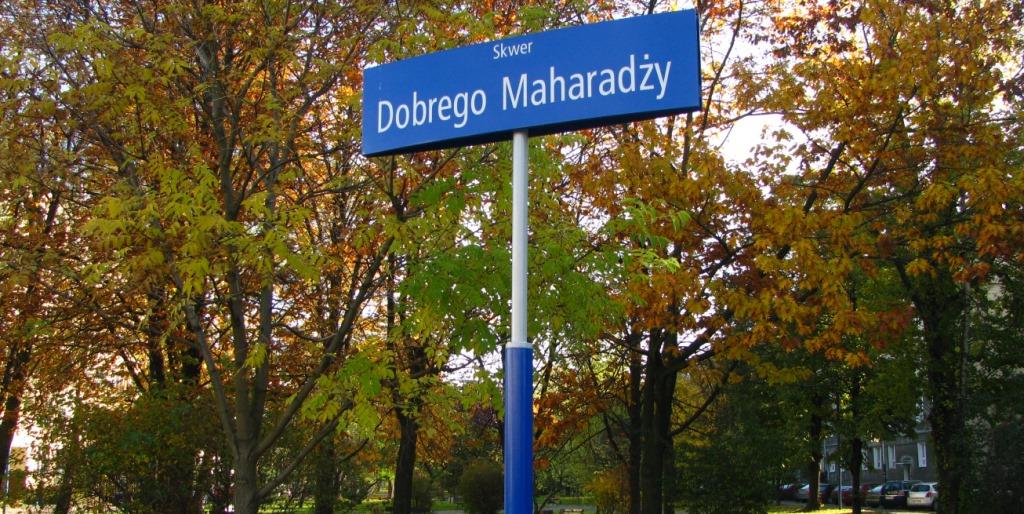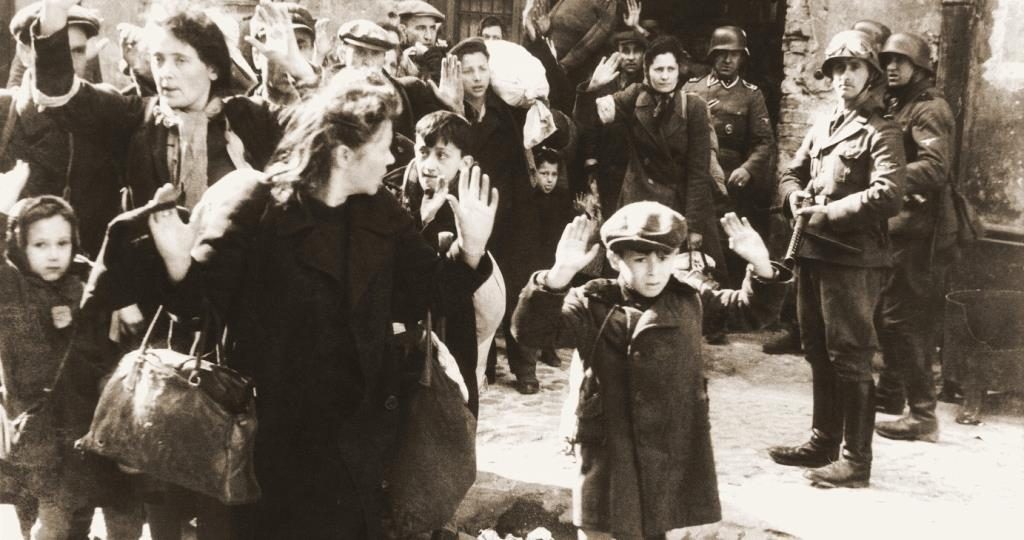Expats
Indian Royal Who Was the Bapu of Polish Children

The Square of the Good Maharaja (Skwer Dobrego Maharadzy).
Photo Credit: Wikimedia Commons
On the 73rd anniversary of the Warsaw Uprising, check out how an Indian ruler turned saviour for hundreds of orphaned Polish children.
As Poland observes the 73rd anniversary of the Warsaw Uprising against German occupation on August 1, it is also time to look at the way an Indian royal played saviour to hundreds of Polish refugees around 1940. The gesture of Jam Saheb Sri Digvijaysinhji Ranjitsinhji Jadeja, the then maharaja of Nawanagar in Gujarat, is a hidden chapter in the long and disturbing history of the World War II, but remains a pivotal element to the relations between the two countries.
Little Warsaw in India
It was in 1939, when Germany and Soviet Union invaded Poland, that Jam Saheb accepted the Polish government’s request to admit Polish refugees. In the next few years, the Children’s Camp in Balachadi became the home of around 1,000 orphaned children aged two to 17 years, while about 5,000 refugees from the country, both Jews and Christians and mostly women and children, were housed at Valivade, near Kolhapur in Maharashtra. Jam Saheb is said to have showered so much affection on the children that they called him “our Bapu”, according to the Times of Israel.

Polish Jews captured by Germans during the suppression of the Warsaw Ghetto Uprising
Photo Credit: Wikimedia Commons
“The Jamsaheb provided us with everything – music teachers to special cooks. He influenced us all. I can still recite parts of ‘Jay Jay Maharaj’ (state anthem of Nawanagar),” Wieslaw Stypula, an octogenarian from Poland who took refuge in Balachadi from 1942 to 1946, was quoted as saying by the Times of India.
“What I remember the most are the games we used to play. While local players used to beat us heavily in hockey, we were better at volleyball and equals at football – a sport where there also used to be English members.”
“Overall, we were lucky,” Franek Herzog, who arrived in India in 1942, just before he turned 11, wrote in a memoir reproduced partially in The Second Homeland, a book written by Anuradha Bhattacharjee, a scholar at Jamia Millia Islamia University in New Delhi that was published in 2012. “We had good and dedicated guardians. Some wanted to substitute for our lost parents,” Herzog added.
The refugees left India after 1948 with the help of the International Red Cross and other humanitarian agencies who could reunite them with their relatives in Poland, UK and other countries.
Jam Saheb’s Memory in Poland
After reaching their home country, the refugees formed a group called ‘Poles in India’. Zofia Pregowska, co-producer of a docu-drama on the subject told TOI:
“The Jamnagar Children’s Club not only kept the survivors together in Poland, but also reached out on occasions such as 2001 earthquake,”

Jam Saheb of Nawanagar visits the Scottish Ports of Clyde, Rosyth and Bishopton. 24 September 1942.
Jam Saheb, who was awarded the President’s Medal, Poland’s highest honor, continues to be remembered and revered in the country. The Jam Saheb Digvijay Sinhji School of Warsaw is rated one of the best middle schools in the city. In 2012, a statue of him was erected in the Ochota district of central Warsaw, and the area was named The Square of the Good Maharaja (Skwer Dobrego Maharadzy). Last year, the Polish parliament paid homage to the memory of Jam Saheb on the occasion of his 50th death anniversary.

2 Comments
You must be logged in to post a comment Login